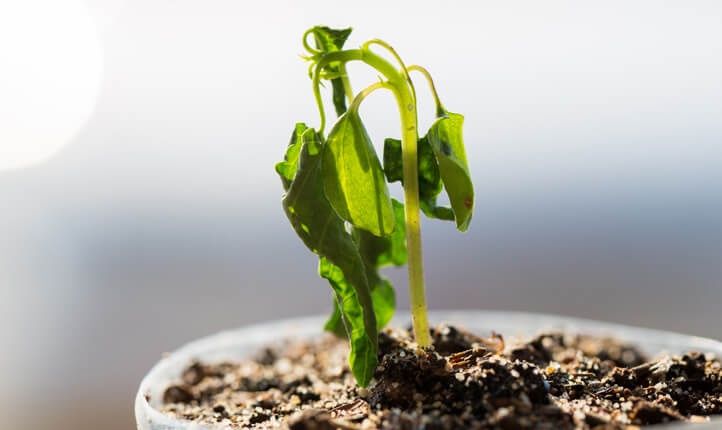By Tom Arnold
Over the course of the last week or two the Pound has been enjoying something of a resurgence, as a result of the consensus that the Bank of England will not be cutting interest rates as soon as expected, thus driving yield-seeking investors to remain in Sterling positions. The reasoning is that UK inflation will not drop to the 2% target as quickly as hoped therefore driving a need for higher interest rates possibly as far out as 2026. In comparison, expectations are that the other majors may start to see interest rates easing sooner than that, which has given the Pound some strength across the board in the currency markets.
This morning we have seen a dip against this trend following a raft of poor UK economic data releases. Most notable was UK GDP (economic growth), which came out as a contraction of -0.3% against expectations of only -0.1% drop. This was accompanied by a selection of poor industrial and manufacturing production figures. As a result, the Pound has lost some of its recent gains this morning – around half a cent down against both the Euro and the US Dollar.
The coming weeks are hard to gauge – the interest rate/inflation position is a big overriding piece, which is likely to dominate the ongoing narrative, but poor UK growth cannot be ignored and could be strong enough, if it is continuous and drives the economy towards recession, to change the narrative to a negative one for the Pound. Could this be the change in the trend?
What is obvious is that the rates we have now are around two cents better for buying Euros than they were just a couple of weeks ago, so it is likely a good opportunity to consider securing your currency for that dream European holiday home, or at least hedging your risk by securing some of your required funds. Speak to your currency consultant today to understand the options we can offer to help you to make the most of the markets.



